The main theme weirdcore is based around is unreality, be it escapism, fourth-wall breaks, nostalgia, daydreams, dreams, or even dissociation, religious psychosis and simulated worlds.
Although weirdcore is nostalgic, there's always an ominous side to it, some more subtle than others. That isn't to say that more subtlety is always better.






 The Basic Format
The Basic FormatWeirdcore edits often consist of a base image on which various types of editing are applied, be it photobashing, color balancing, cutting elements, placing elements from other images, overlaying text, overlaying effects like camera glare or a light source, or even drawing on top digitally.
Text is commonly used, though not required. When used, it has no context, and usually implies something ominous, or the presence of a higher power, unseen stalker or force of nature.
As such, the images are usually cropped in way that invokes claustrophobia or simple displeasure, usually not following compositional rules on purpose.
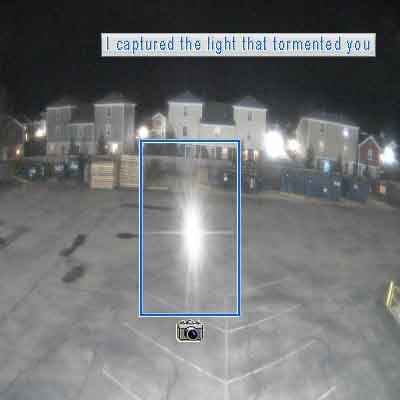


Edits by dec2007, etherealascend and qwerzy34 respectively.
 Common Design Elements
Common Design ElementsBase images taken of liminal spaces, or abandonded locations are favored. This also applies to low-quality unprofessional images, flash photography or images that have errors such as too much exposure or data corruption. Some artists even use 3D images (hand-made or otherwise) as bases.
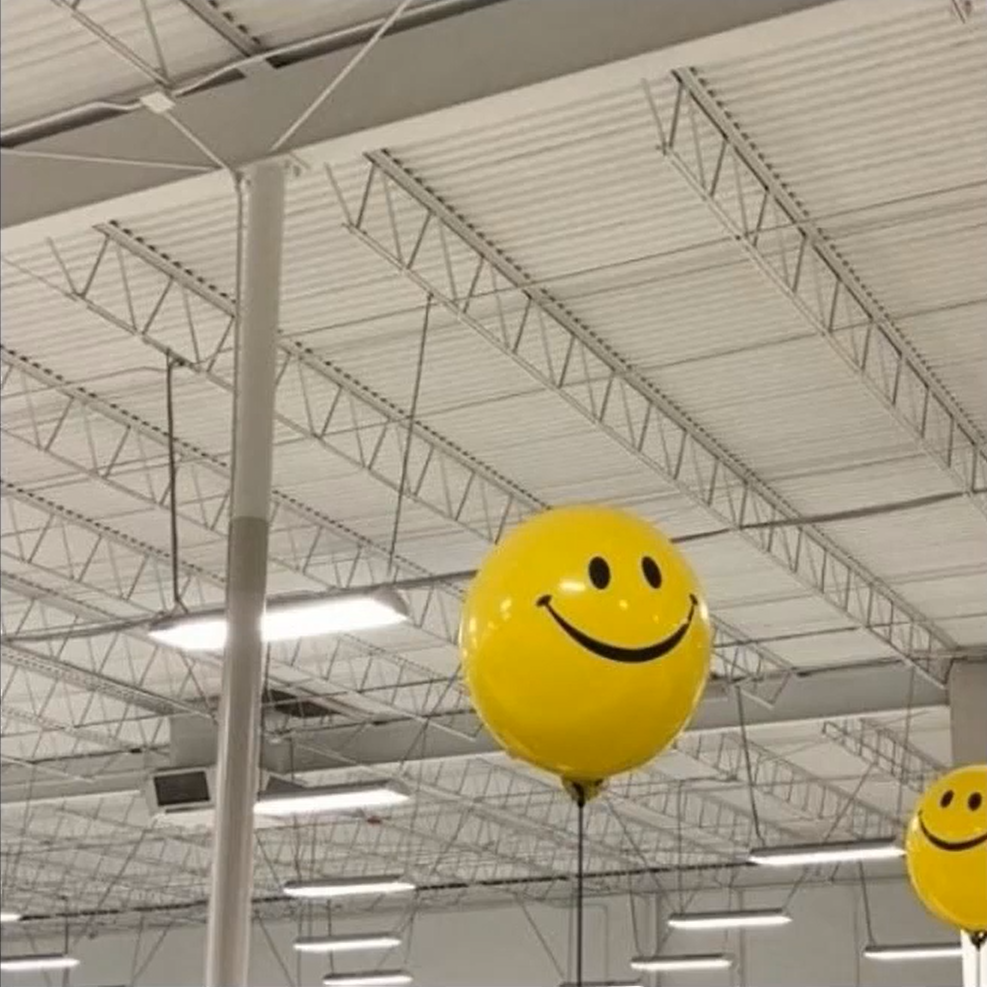

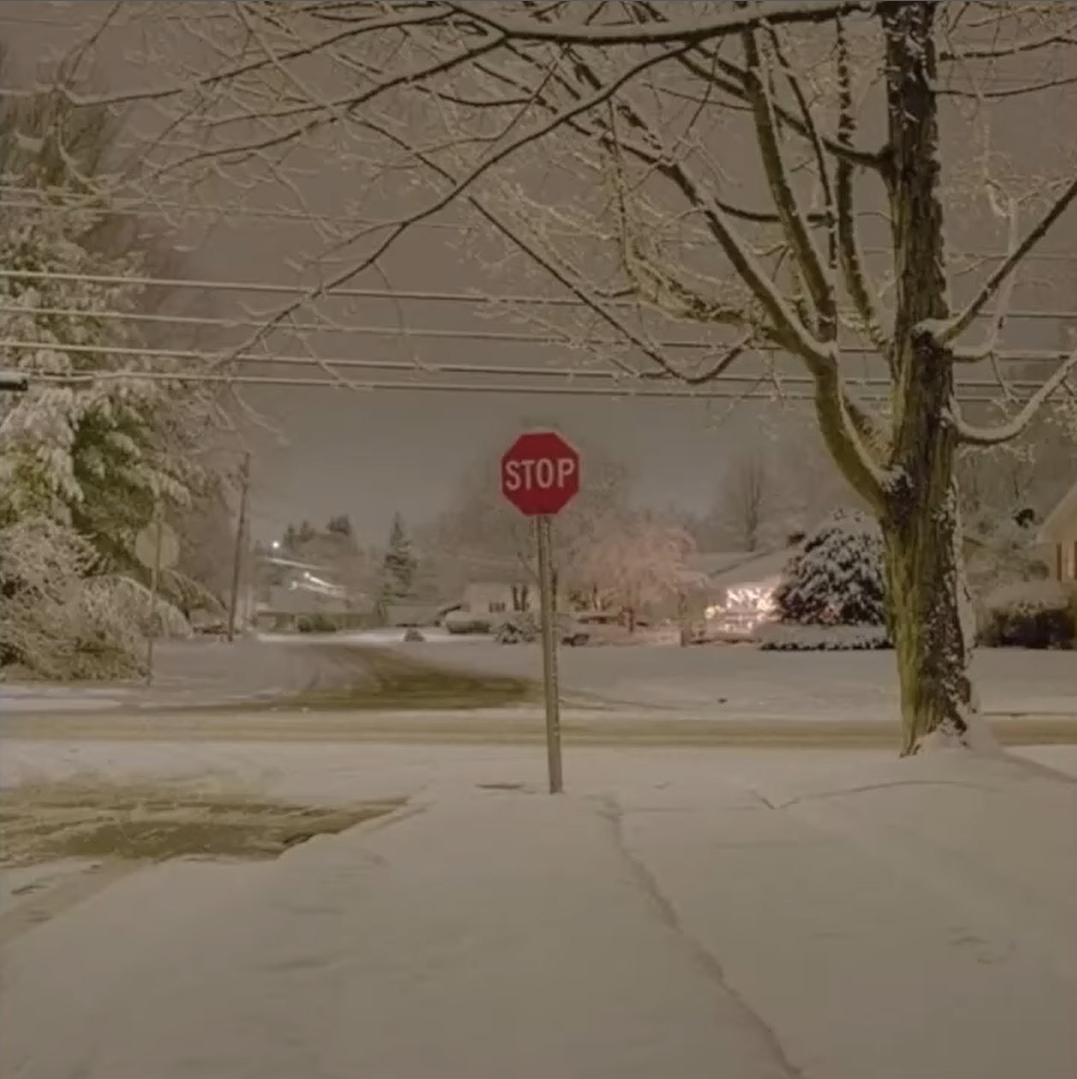
To insinuate unreality, weirdcore artists often frame the images as video games (by adding a UI), error messages, online ads, or diagrams. Or just put a literal frame around them to achieve the same effect.

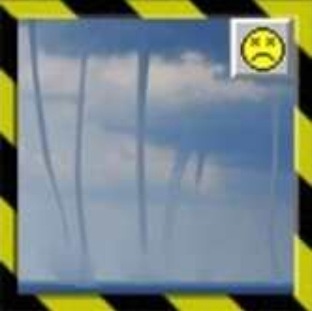

Edits by expressingexperience (formerly known as fdggvbjdhb or cahwwcabh) , and weepingangellll (2nd, 3rd) respectively.
Other elements include impossible geometry, blurring or censoring objects and people, or superimposing digital 3D images or digital effects into the real world.
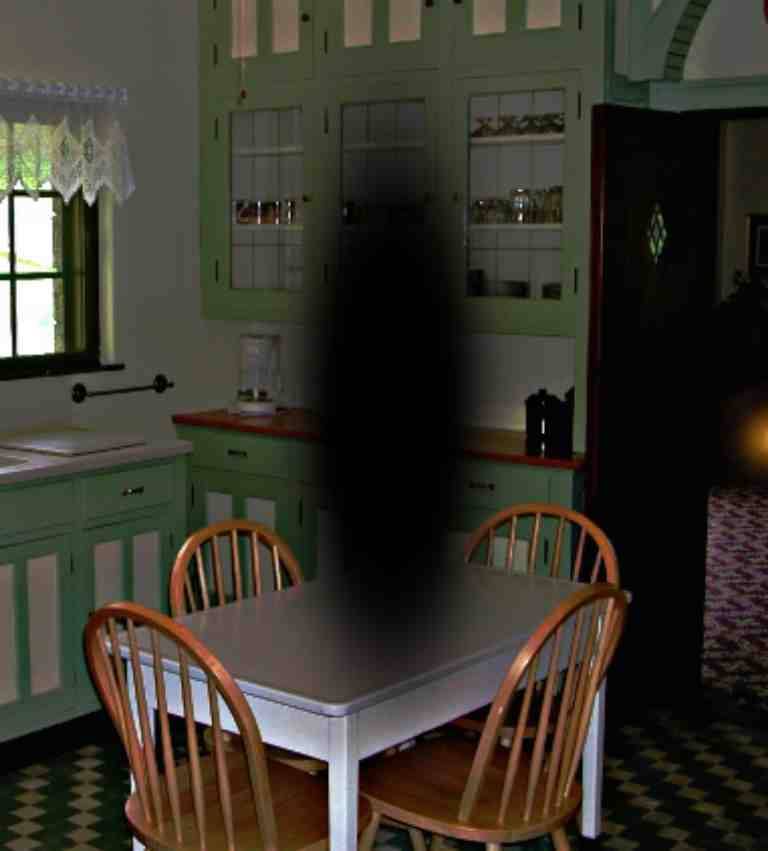
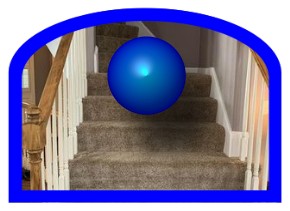
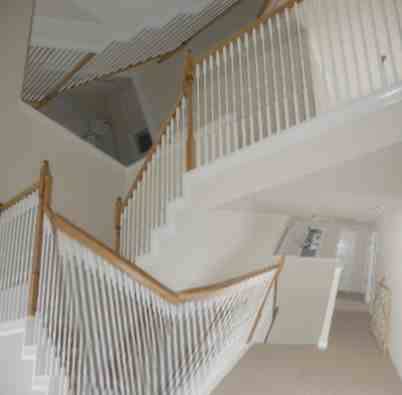
Edits by 8mys (deactivated account), sanforrrrrrrrrrrrr (deactivated account), and myhouseismyhome respectively.
Text is often in fonts that were commonly used on the early 2000's such as Arial, Times New Roman or even Comic Sans or Wingdings, but any font can be used. Text color and styling is also not set in stone; though text with outline, shadows, shine or other effects is quite common.
It's not a requirement for the text to be (easily) readable, and as such, it often blends into the background or has effects or fonts that make parsability difficult. This includes using languages the target audience most likely doesn't speak. It also doesn't need to be coherent text, many times only punctuation is used (i.e.: "?????????").






In weirdcore, text is often spoken by either spoken by a higher power, a spirit or other mysterious entity, or the POV character who's usually implied to be the viewer. Like I said before, it's out of context, and thus confusing or even frightening, often even without anything ominous being said.

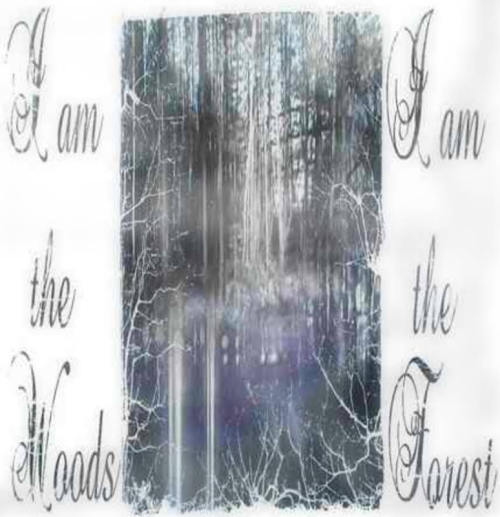
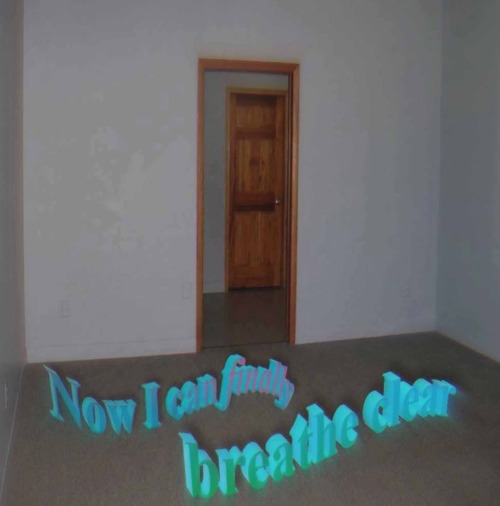
Edits by shayesaintjohndotnet (deactivated account), weepingangellll, and supermodelgirlfri3ndrespectively.
Weirdcore exists in GIF and video formats as well, which, with the added bonus of movement and sound explore newfound angles to its genre. On Youtube, the still images are also often paired with music that sounds ominous or otherworldly. The Yume Nikki (and its fan games), Soup 0.9, LSD Dream Emulator soundtracks as well as Osamu Sato's music are the most common candidates.
 The Core in Weirdcore
The Core in WeirdcoreWeirdcore generally wields comfort as a weapon. It often twists familiar, even nostalgic images such as old family homes, fond memories, early 2000's internet and even video games into something ominous and offputting.
It often uses imagery pertaining to monsters, spirits, angels, deities, eldricht gods and other hard or impossible to grasp powers of nature, but they are usually unseen or censored. The threat is often implied to be only psychological, emotional, or exist only in a dream, but despite that, there is often a sense of confusion, powerlessness and the feeling that there is no escape.
There is versitility in this, in the sense that it horror can remind viewers of a variety of things, and thus it can invoke a variety of emotions. Comfort made sinister can be an abusive childhood, trauma pertaining to something you used to love, a person you can no longer talk to for any reason, religion used for control, games used to harvest data, nostalgia used to sell worthless products, and I could go on.
These are situations that often feel inescapable in many senses of the word. To many people who appreciate weirdcore, it's a bitter kind of comfort. Something that, although painful, is familiar and thus comfortable. As such, engagement with it often comes from a place of hurt and a desire to process it.
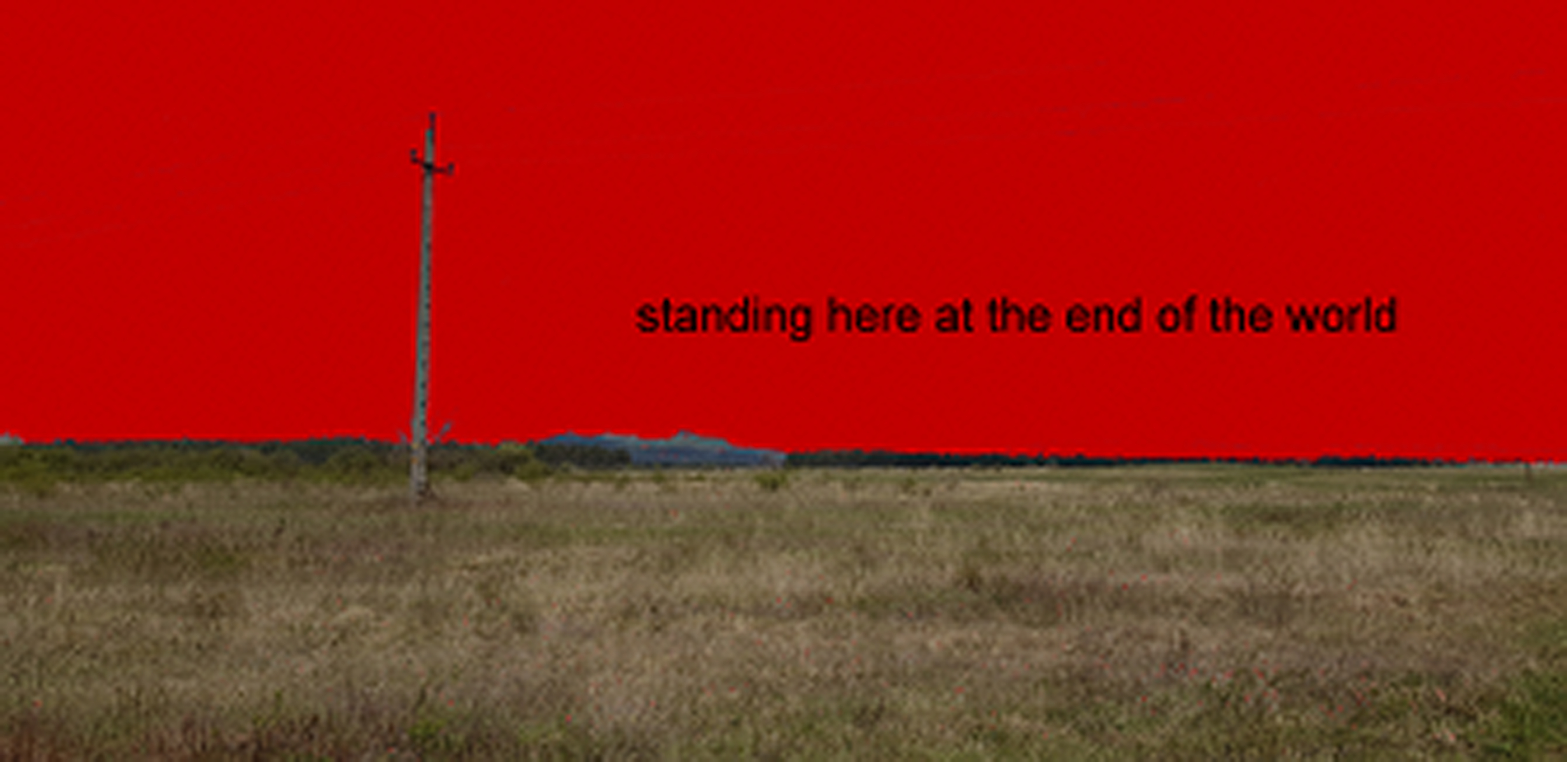
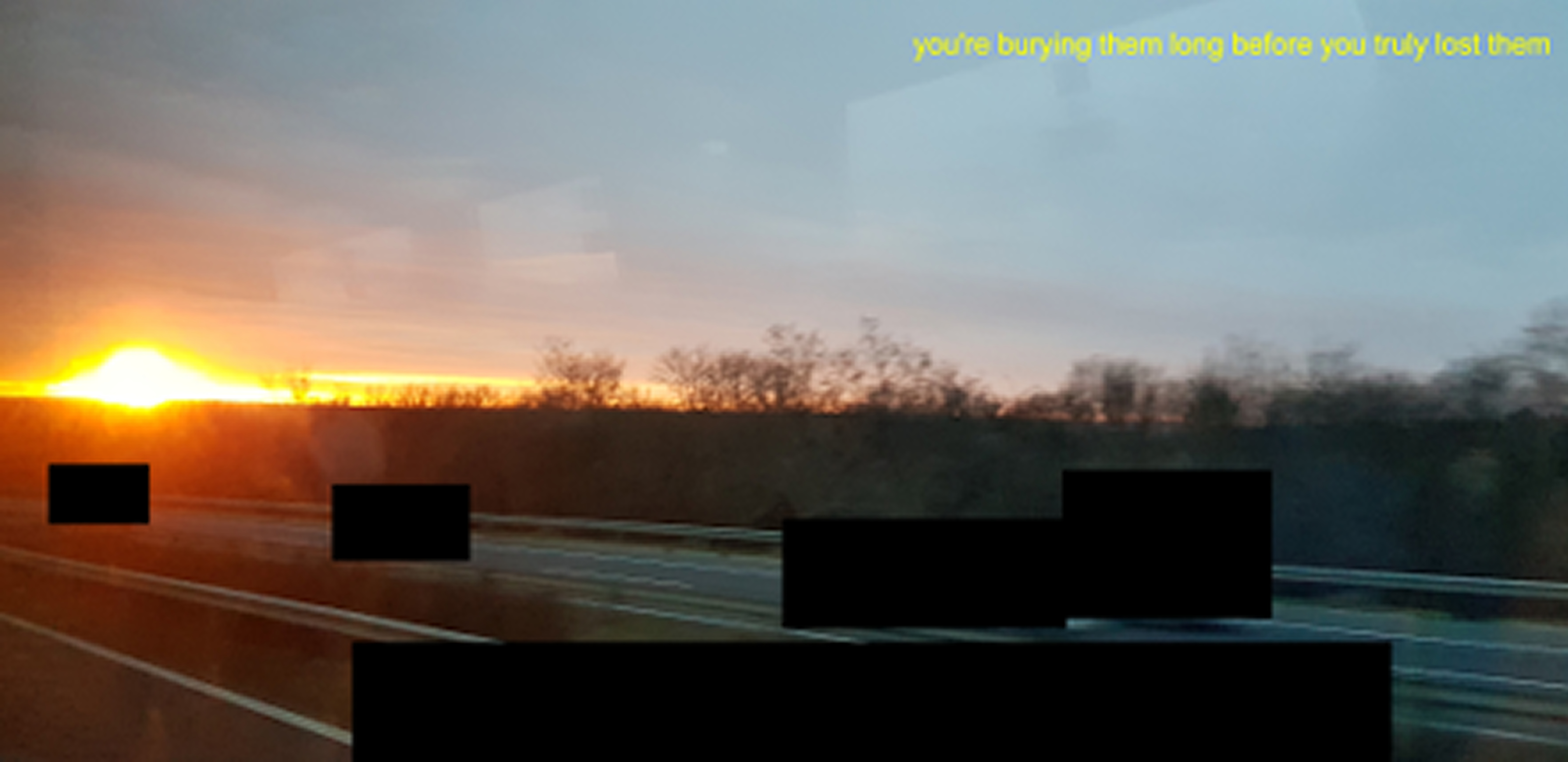
Edits by Us.
layout made by itinerae.
